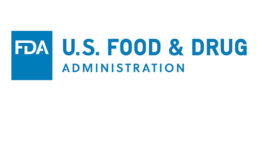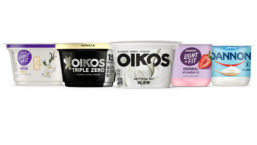Home » Keywords: » FDA
Items Tagged with 'FDA'
ARTICLES
The proposal would give consumers readily visible information about a food's saturated fat, sodium and added sugars content
Read More
How to Understand the FASTER Act with New FDA Resources
The FDA developed new educational materials to describe how changes may affect consumers
January 22, 2025
FDA Bans Red Dye 3 in Food
The dye can be found in a variety of food products, and is reportedly known to cause cancer in animals
January 16, 2025
FDA Issues Draft Guidance with Lower Target Levels for Certain Foods
The Phase II targets will continue to focus on commercially processed, packaged, and prepared foods in the marketplace
August 28, 2024
FDA, USDA, EPA Enhance Efforts to Reduce Food Loss and Waste
The US Agency for International Development joined the collaboration as a federal partner with international reach
June 3, 2024
What to Know About the Qualified Health Claim for Yogurt
Danone North America comments on the FDA acknowledgement of the link between yogurt and a reduced risk of Type 2 Diabetes
March 8, 2024
FDA Proposes to Ban Food Additive, Continues Assessments of Additional Chemicals
The agency concluded that the intended use of brominated vegetable oil in food is no longer considered safe
November 14, 2023
FDA to Transform Human Foods Enterprise
FDA deputy commissioner for Human Foods commits to fulfilling vision of proposed program
October 20, 2023
FDA Draft Guidance Could Result in Safer Food Options for People with Allergies
Draft guidance provides examples of ways manufacturers can minimize or prevent allergen cross-contact and undeclared allergens
September 27, 2023
Consumers Seek Trust and Reliability in ‘Natural’ Labels
For now, manufacturers and end users interpret and set individual standards for natural product claims
June 13, 2023
Unlock the Future of Food and Beverage Innovation
Are you a leader in research & development? Stay ahead of the curve with Prepared Foods, the premier source of information and insights for today's trend leaders and taste-makers in food and beverage manufacturing.
JOIN TODAYCopyright ©2025. All Rights Reserved BNP Media.
Design, CMS, Hosting & Web Development :: ePublishing



